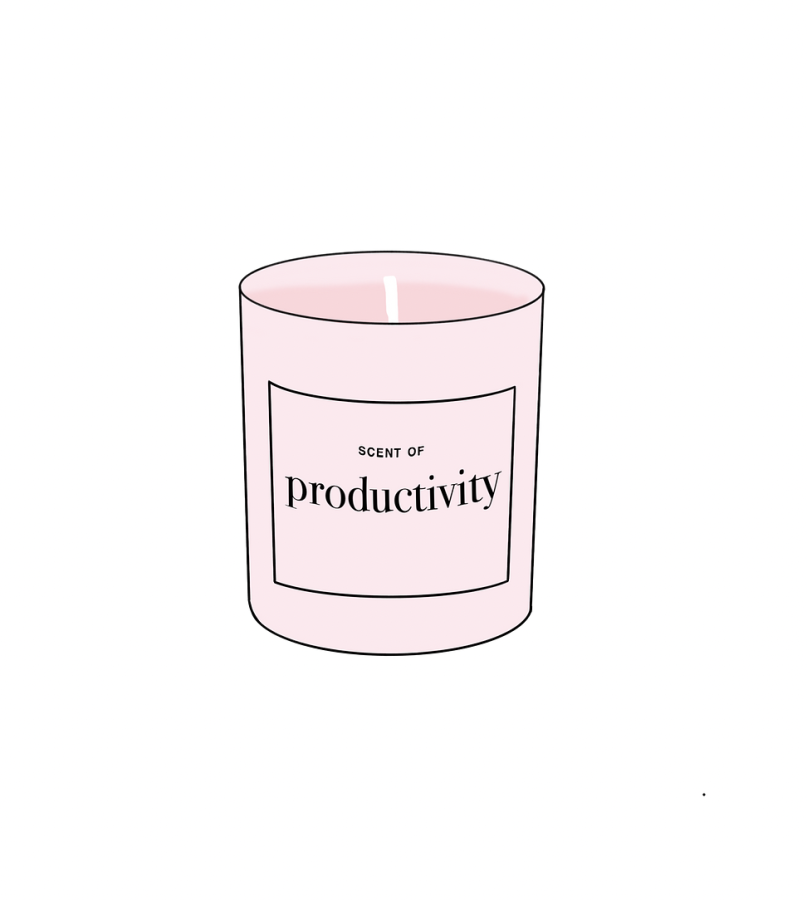After deleting all the social media platforms from her phone in the winter of 2020, sophomore Clare Antonow reopened TikTok only to be greeted by videos focused around being “that girl.” But, who is “that girl” and how can someone be her?
On paper, the “that girl” trend on Instagram and TikTok is centered around how to be your best self, both mentally and physically. To social media, this means polished hair, workout sets and juice cleanses.
While the trend may have started as an effort to inspire others to live a more healthy life, it has quickly turned into a new set of unrealistic expectations, Antonow said.
“The trend started out motivating people to try a new book or maybe make a green juice, but it developed into people changing their lifestyles to try and fit into a perfect unattainable persona,” Antonow said. “(The) majority of the top TikToks are filmed in pristine white apartments with aesthetic food, clothes, lighting and perfect visuals. It’s incredibly curated.”
Stanford Social Media Lab researcher Angela Lee said there is a discernible pattern in these types of curated, idealistic lifestyle trends.
“I think it’s a really interesting (trend) because I feel like it’s a repackaging of a lot of pretty well-established trends in terms of idealized lifestyles, maybe because I’m a little bit older, so I’ve seen it come and go,” Lee said.
However, Lee said this trend is not only an older trend being re-invented but also an incorporation of different aspects of a modern-day ideal.
“It is also really interesting because while it does have the idealization of beauty and appearance, it is also about work and career at the same time, which is an interesting mix to me,” Lee said.
While Antonow said the trend’s initial intent was positive – a way to motivate people to be a better version of themselves – it has morphed into an unrealistic standard which can be dangerous.
“It’s what ‘that girl’ would do or how ‘that girl’ would live her life, and doesn’t accurately represent the day-to-day lives of anyone, not even the creators of the videos,” Antonow said.
This fake ideal, Lee said, can have direct and indirect effects.
“I think there’s a very obvious thing that parents are very worried about which is direct effects,” Lee said. “For example, I see this video about dressing a certain way, therefore, I’m going to go buy this thing, and I’m going to dress that way.”
But in the case of the “that girl” trend, it seems to be more about reshaping values and living styles, Lee said.
“In the case of the ‘that girl’ trend, I think what makes it so interesting to me, is it’s really not about saying, ‘Hey, you need to go wear this thing or dress this way,’” Lee said. “But it’s more about creating a sense of what should you value, what should you be trying to prioritize in your life?’ And maybe that’s aesthetic. Maybe that’s something else, or maybe it’s this super intense work kind of mentality… it shapes your ideals, which then causes people to change their own behaviors in pursuit of those ideals.”
Antonow said she is concerned about the implications this trend may have, especially on young girls using social media.
“I think about how young girls using TikTok are now and can’t even imagine how affected my 6th-grade self would be by these trends,” Antonow said. “The influence it would have would be unbelievable, and that’s really scary to think about.”
Fortunately, there are ways for people to avoid this content to enhance their own well-being, Lee said. She said young social media users should know some important tactics in order to avoid negative feelings arising from the content they see.
“The first thing I think is doing that reflective step: checking how it makes you feel while you’re browsing,” Lee said. “Asking ‘Is this making me happy? Is this making me feel bad?’”
Another, more technical approach would be to capitalize on the features these apps offer, Lee said.
“The algorithm is learning from your engagement, and it’s responding to you,” Lee said. “You have the option to block or unfollow content that you don’t like. So I actually really encourage people to spring clean your feed every once in a while.”

